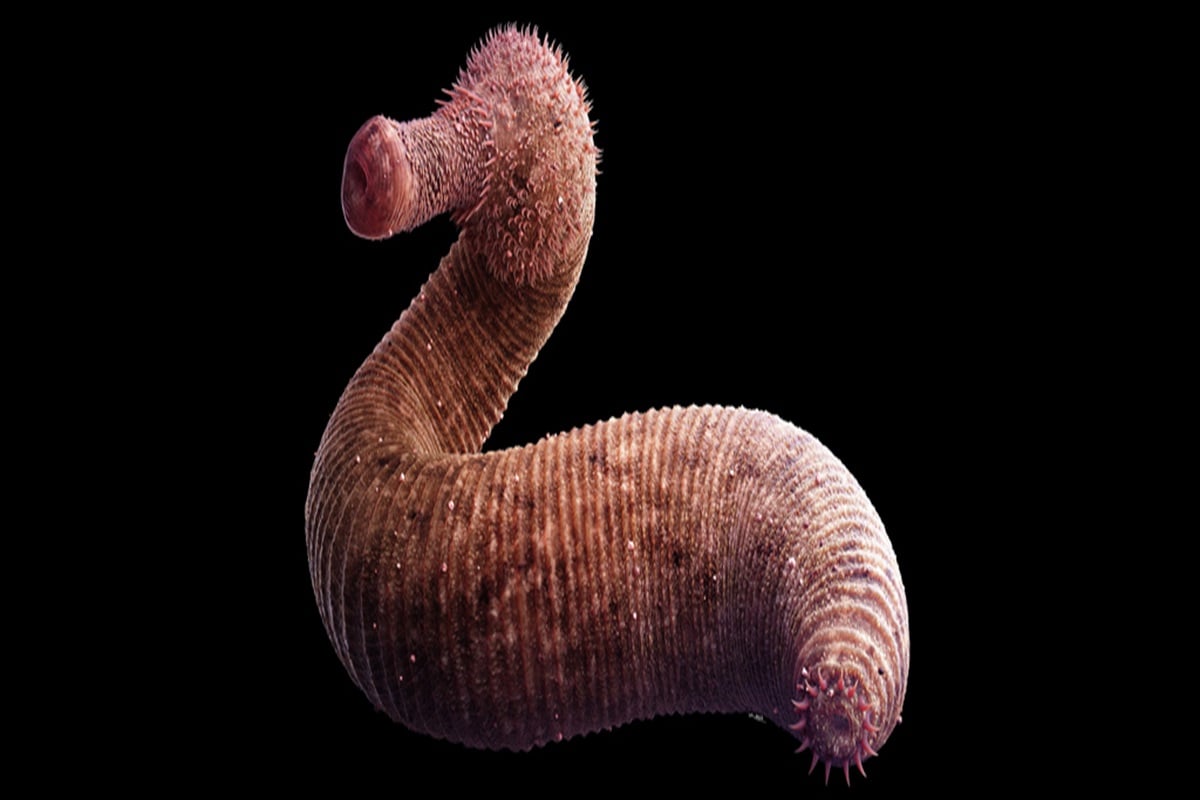The origins of life on Earth have long been a subject of debate among scientists. One of the most significant events in the history of life on Earth was the Great Ordovician Biodiversification Event, which occurred around 480 million years ago. During this period, there was an explosive emergence of diverse life forms, and scientists have been trying to understand what triggered this event.

Recent research suggests that tiny, prehistoric marine worms may have played a crucial role in this event. The worms, which are now extinct, burrowed into the ocean floor and mixed the sediment, creating conditions that allowed oxygen levels to rise. This increase in oxygen levels, in turn, enabled the rapid evolution of new species.
The researchers found that the pyrite levels, which forms when sediment minerals react with oxygen, were higher in certain sediment layers than expected. Pyrite is a useful proxy for measuring oxygen levels in the past because it requires a steady supply of oxygen to form, but it also easily reacts with oxygen, stealing it from the oceans and then the atmosphere. The more pyrite that forms and is buried under the ground, the more oxygen concentrations can build up.
The researchers believe that the worms’ burrowing activities created the right conditions for pyrite to form and accumulate. They propose that the worms’ bioturbation, or physical mixing of the sediment, increased during the protracted onset of the Great Ordovician Biodiversification Event, leading to higher levels of pyrite burial. This, in turn, allowed oxygen levels to rise and stay high for a significant period.
The researchers updated previous models of prehistoric oxygen levels using their measures of bioturbation. The results suggest that oxygen levels stayed stable for millions of years until they rose sharply during the Cambrian and Ordovician periods. These increases were greater than previous reconstructions suggested, but could not last indefinitely.
The researchers believe that these bursts of oxygen, assisted by the worms’ excavations, helped life’s spectacular diversity boom on Earth. This study provides new insights into the chemistry of early oceans and the geological record, and it highlights the importance of understanding the role of tiny, prehistoric creatures in shaping the course of evolutionary history.
The Great Ordovician Biodiversification Event was a time when many new species emerged on Earth. Scientists have been trying to understand what caused this event. Recent research suggests that tiny, prehistoric marine worms may have played a crucial role. These worms burrowed into the ocean floor, mixing the sediment and creating conditions for a mineral called pyrite to form. Pyrite requires oxygen to form, but it also steals oxygen from the oceans and atmosphere. The more pyrite that forms and is buried, the more oxygen can build up.
The worms’ burrowing activities created the right conditions for pyrite to form and accumulate. This allowed oxygen levels to rise and stay high for a significant period. The researchers believe that these bursts of oxygen, assisted by the worms’ excavations, helped life’s spectacular diversity boom on Earth.



